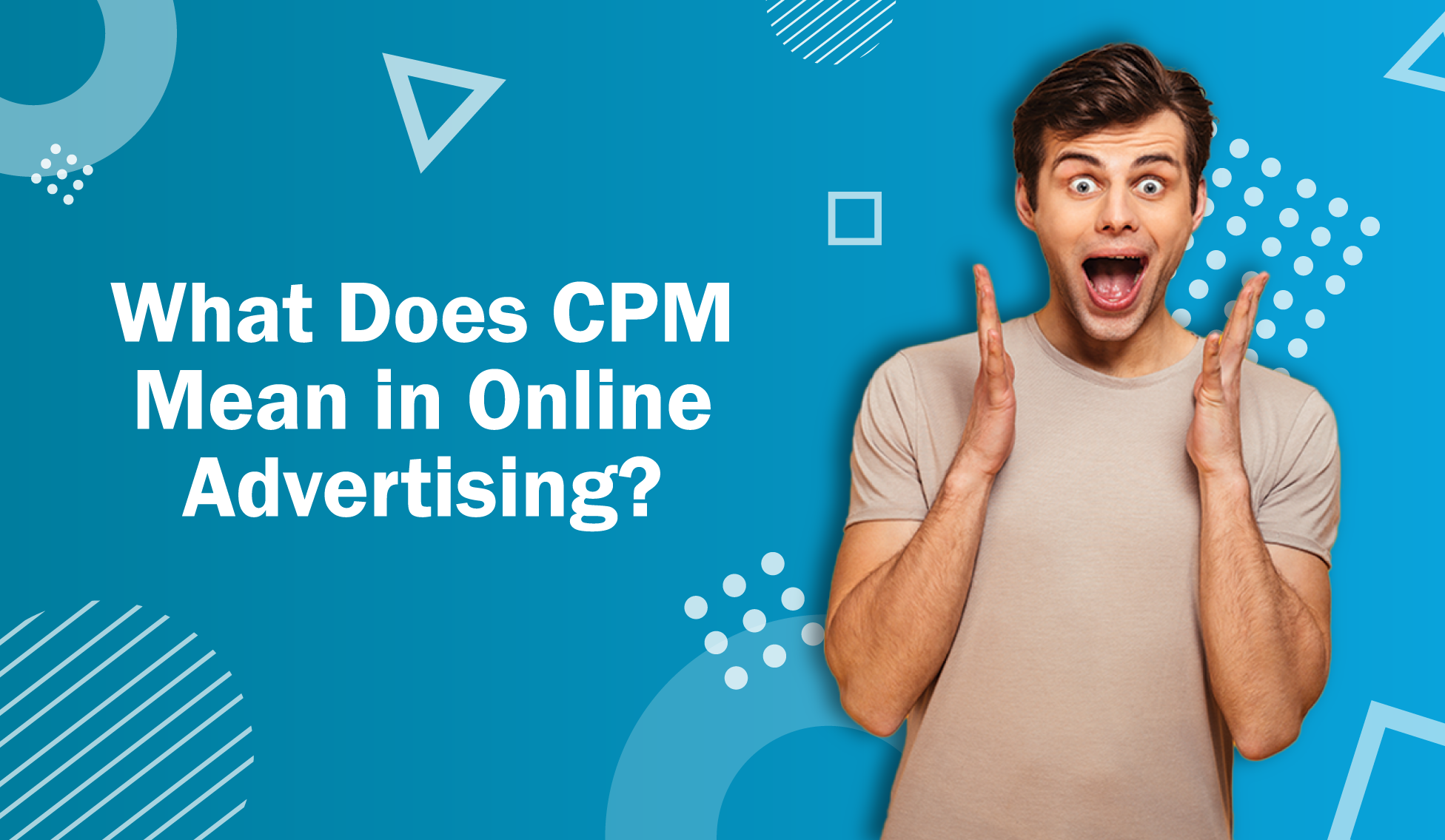CPM stands for “Cost Per Thousand.” In the context of online advertising, CPM is a standard unit of measurement for ad buying. It represents the cost an advertiser pays for one thousand views or impressions of an advertisement.
This metric is commonly used in digital advertising to quantify the visibility of an advertisement or campaign. It allows advertisers and marketers to understand the cost efficiency of different advertising channels, campaigns, or specific ads.
Remember, an “impression” is counted each time the ad is displayed, regardless of whether or not the user interacts with it (clicks on it, etc.). Therefore, a lower CPM generally indicates a more cost-efficient ad buy, while a higher CPM may mean that you’re paying more for every thousand impressions. However, the quality of these impressions (in terms of user engagement and the likelihood of conversion) should also be considered in evaluating an ad’s effectiveness.

How Can You Keep Your CPM Low?
Keeping your CPM (Cost Per Thousand) low is essential for ensuring that your advertising budget is used efficiently. Here are several strategies to consider:
- Target the Right Audience: Be sure to narrow down your target demographic as precisely as possible. The more targeted your audience, the higher the chance that they will engage with your ad, potentially reducing your CPM. Using a scattergun approach can lead to higher CPM because you’re paying for impressions from people who are unlikely to become customers.
- Improve Ad Quality: Make sure your ads are high-quality, relevant, and engaging. The better your ads, the higher your click-through rate (CTR) will be, which can decrease your CPM.
- Experiment and Optimize: Constantly test different versions of your ads (with different visuals, copy, call-to-action, etc.) to see what works best. By continually improving your ads based on performance data, you can optimize your CPM.
- Use Retargeting: Retargeting, or showing your ads to people who have already visited your website or shown interest in your product/service, can lead to higher engagement and lower CPMs because these people are generally more likely to be interested in what you’re offering.
- Adjust Bids Based on Time and Day: There may be certain times of the day or specific days of the week when your audience is more likely to engage with your ads. Adjust your bids accordingly to make the most out of these periods and potentially lower your CPM.
- Monitor Ad Placement: Depending on the platform, ads can be placed in different areas (such as newsfeeds, sidebars, etc.). Monitor the performance of your ads in different placements to identify the most cost-effective spots.
- Geographical Targeting: If your business is only serving certain regions, make sure you’re targeting these specific areas. By avoiding regions where your product or service is irrelevant, you can keep your CPM lower.
- Refine Your Ad Scheduling: Run your ads when your target audience is most active. This could lower your CPM by reducing wasted impressions during off-peak times.
Remember that while a low CPM is generally beneficial, it should not be the sole focus. The ultimate goal of advertising is to increase revenue, and sometimes, a slightly higher CPM might bring better results if it means reaching a more engaged or relevant audience.
